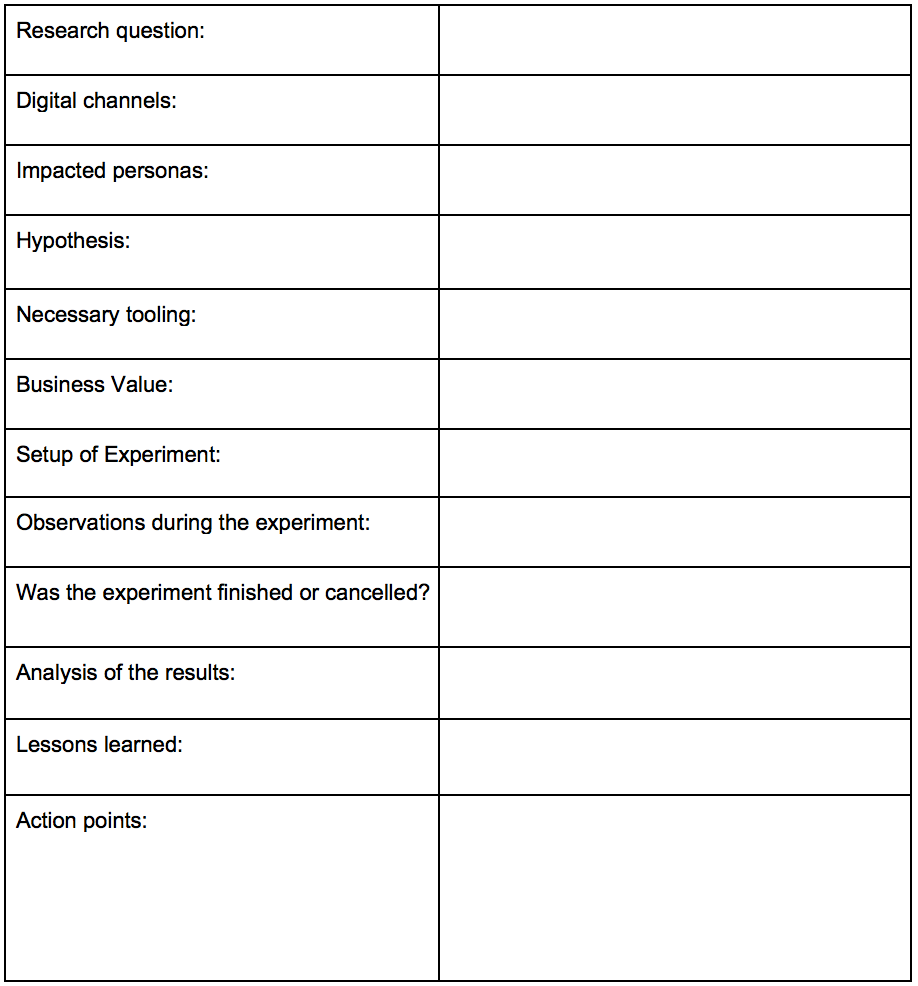Enabling marketing experimentation with Adobe Target
Dear Marketeers, please do experiment. With the right tooling (e.g. Adobe Target), process (e.g. SCRUM) and planning tool (e.g. JIRA), you can start your endeavour in the experimentation world.
Experimentation is an inherent part of data driven marketing. Most of the DXP platforms have content targeting functionality. But many marketers face the frustration that once they target their content, they do not achieve the expected engagement. Surely, they can re-target their content again and see if the second time they are luckier. They might learn from the experience, but next time, they might fail again because the lessons learned were not the right ones.
I am a big fan of the website called Spurious correlations. We can see quite funny correlations there such as US spending on science, space and technology and the suicides by hanging, strangulation and suffocation. Those analyses confirm the danger of data misuse as well as the well-known rule that correlation doesn’t mean causality. Such a website pushes correlations out of the common-sense limits. However, we can constantly see people experimenting with designs and comparing unrelated data.
Contextual information is vital for the correct analysis of data. And, if we want to minimise the impact of the context, we should conduct more formal experiments.
Probably you are familiar with the A/B and multivariate testing. Nowadays we have wonderful tools that allow you to experiment. Our favourite is Adobe Target, but indeed, you can check also others such as VWO.
And why do we like Adobe? Well… you know about our weakness for JAVA. Our DXP of choice is Adobe Experience Manager (AEM), a JAVA product. AEM integrates flawlessly with products from the Adobe Experience Cloud such as Target and Analytics. But most importantly, we can bring our expertise building JAVA middleware layers to communicate with other components, an activity that our developers thrive for it. Reactive programming, functional programming and other paradigms are increasing the possibilities within the JAVA landscape.
What do I personally like Adobe Target?
The possibilities of setting up your own experiments. For example, you can try your new design with only 20% of your visitors. But Adobe target can automatically adapt this percentage based on the success of your experiment, ending targeting the best content to the right audience.
How powerful is when plugged in with Adobe Analytics. You can target one audience for your specific experiment as well as getting enhanced reports thanks to the information of both components.
How do we learn from it?
Besides the lack of rigorous analysis, there is usually another common problem. Marketing teams lack a process to share knowledge, a space where design, reasoning and findings of the experiments can be discussed. And let’s admit it, this is sometimes difficult even in research environments.
In this context, we recommend agile frameworks such as SCRUM that can give windows of 1, 2 or 4 weeks for marketing teams to experiment. We also suggest the use of a log book. Software such as JIRA offers the possibility to fully customise your tickets.
Therefore, with the right tooling (e.g. Adobe Target), process (e.g. SCRUM) and planning tool (e.g. JIRA), marketing teams can start their endeavour in their experimentation world.
Any questions? Just ask.
This is part of a series of posts that we started with “2018, an exciting year” and “Another blogpost –you guessed it- about Blockchain”

Weitere Beiträge im Blog
Zum Blog-
E-Commerce Trend #3 – Omnichannel. Worauf sollten Unternehmen 2023 achten? Unser Experte, Georg Kafka, im Interview.

-
E-Commerce Trend #2 – Social Media. Mehr als ein Trend? Unsere Digital Marketing Expertin, Verena Scheucher, im Interview.

-
Relationship marketing – noch im Trend?

-
E-Commerce Trend #1 – Künstliche Intelligenz. Was halten wir davon? Unser Experte im Interview.

